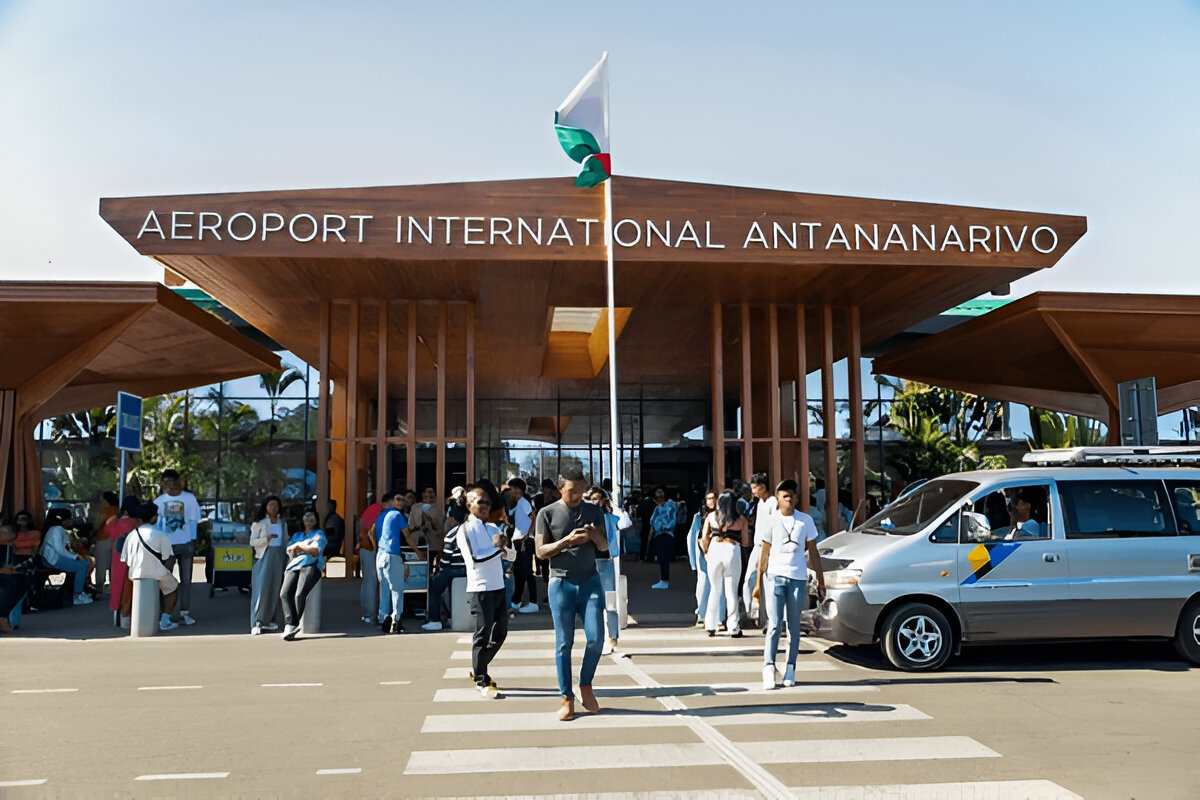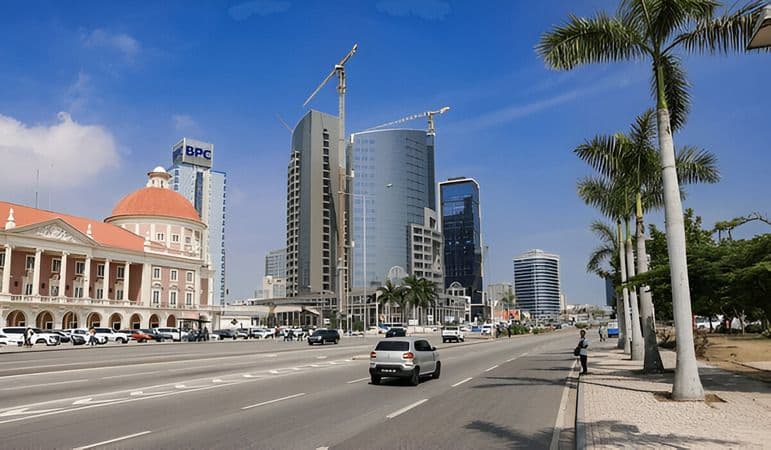Most security failures happen in the first 15 minutes after landing. You're tired, carrying bags, broadcasting "tourist." Routes are predictable. Dangers cluster at choke points: forecourts, taxi ramps, lobby queues.
I've seen executives robbed at curbside, journalists detained at immigration, and protection details ambushed in hotel driveways. Every time, the failure came down to the same thing: no plan for the arrival sequence.
Treat arrivals as a mini-operation. Plan it. Work it out. Execute it.
Here's the protocol I use for executive protection operations in high-risk cities.
Why Airport Arrivals Are High-Risk
Three reasons:
You're fatigued and distracted. Long flight. Time zone shift. Your situational awareness is compromised before you even clear customs.
Routes are predictable. Terminal to taxi stack to hotel. Everyone follows the same path. Bad actors know this. They wait at the choke points.
You're carrying value indicators. Bags. Electronics. Clothing. Body language. You look like a target because you are one.
The solution isn't paranoia. It's preparation and proaction.
Pre-Trip Intelligence (Before Wheels Down)
You don't figure this out at baggage claim. You work everything out before you board.
Routes. Identify three routes from airport to hotel: A, B, C. Different roads. Different timing windows. A is primary. B is the alternate if A is blocked or compromised. C is the emergency option if both A and B fail.
Curbside risk. Check protest routes, checkpoints, construction zones, and taxi scam patterns. Know what's normal and what's a red flag.
Hotel posture. Study the entry design. Where's the drop-off lane? How visible is the lobby from the street? Where are the elevators? Can you bypass the front desk if needed?
Comms. Confirm driver contact info and secondary rendezvous point. If the primary pickup fails, you need a fallback that doesn't involve standing on the curb with your phone out.
Timing. Choose an arrival window that avoids rush hour and known protest schedules. Arriving at 16:00 on a Friday in Lagos is a bad idea. Arriving at 10:00 is better.
Map this before you land. Not after.
This is the same pre-deployment intelligence process I use for travel risk management operations worldwide.
The 7-Step Arrival Sequence
1. Jet Bridge Reset
Pockets clear. Bags tight. Phone ready. First impressions happen at the gate. Don't look lost (target hardening).
2. Immigration and Baggage
Pick lanes with good sightlines. Avoid clumps. Move with purpose. Don't engage with touts or "helpful" strangers offering to carry bags or expedite customs.
3. Exit Decision
Choose the least compressed exit. Confirm driver contact before stepping outside. If the forecourt looks wrong, stop and reassess.
4. Curbside Tactic
Eyes up. Bags close (no patches/stickers). In the vehicle in under 60 seconds. The longer you stand curbside, the more exposed you are.
5. Route A/B/C
Default to Route A. Switch to B or C based on triggers (below). Tell the driver which route. Don't assume they'll pick the safest option.
6. Hotel Entry
Drop as close to the lobby entrance as possible. Avoid milling groups. Move directly inside.
7. Lobby to Room
Skip the front desk pile-up if you can check in online. Do a door check before settling in.
Triggers: Make Decisions Automatic
Don't deliberate under pressure. Set triggers before you land and execute when they hit.
Forecourt density spikes. If the pickup area is packed or chaotic, switch to Route B and use an alternate pickup point.
Protest or police line within 500 meters. Delay 15–30 minutes or use Route C via back roads.
Driver late or no-show at T+5 minutes. Move to secondary rendezvous. Don't wait at curbside hoping they'll show up.
Taxi stack cash pressure. If drivers are demanding inflated fares or creating pressure, abort the taxi stack. Use a ride-hail app from the departures level or pre-arranged transport.
Hotel lobby crowding exceeds 10 people. Hold at the bell desk or in the bar. Check in later or online. Don't stand in a queue with your bags while everyone watches.
Keep it binary: trigger, action. No color codes. No overthinking.
Hotel Selection and Fast Check-In
Your hotel choice affects your arrival security.
Entry. How far is the curb from the front desk? Can you bypass queues if needed?
Elevators. Are they visible from the desk? Do they require keycard access?
Floors. Request 4–7. Above ladder reach. Below heavy smoke concentration. Accessible to fire department.
Room checks. Door locks, peephole, windows, connecting doors. Do this every time.
Comms. Avoid hotel WiFi captive portals until you're settled. Tether to your phone or use a local SIM with known coverage.
Communications and Contingency Planning
Primary. Local SIM or roaming with confirmed coverage. Test it before you need it.
Secondary. App-based voice or messaging. Pre-shared code words if you need to signal distress without alerting anyone listening.
Tertiary. Offline maps and printed rendezvous points. When networks fail, analog works.
20-minute rule. If separated from your contact, regroup at the secondary point in 20 minutes. Not the lobby. Not curbside. Somewhere less exposed.
For sensitive movements, I implement secure communication protocols as part of comprehensive risk advisory services.
The 60-Second Brief
Before you land, you should be able to brief yourself in 60 seconds:
- Route A/B/C and timing windows
- Curbside plan: lane, vehicle ID, in-car time goal
- Hotel entry and room floor request
- Triggers and actions: switch, delay, abort
- Comms and secondary rendezvous
If you can't brief it in 60 seconds, you don't have a plan.
Essential Packing for Secure Arrivals
Small sling or ruck that never leaves your body. Critical items stay on you, not in checked luggage.
Minimal visible tech at curbside. Don't broadcast value. Keep phones and laptops out of sight until you're secure.
Printed hotel address in local language. Drivers don't always speak English. Show, don't tell.
Compact flashlight and optional door-stop alarm. Basic tools for basic problems.
Read more about the 48-hour survival carry-on for comprehensive packing guidance.
Case Study: Nairobi, 2022
A corporate executive landed at JKIA with no arrival plan. Driver was late. Executive stood curbside for 12 minutes, visibly frustrated, checking his phone. Tout approached, offered "help," led him to an unmarked vehicle. Driver showed up 5 minutes later. Executive was already gone.
Took 6 hours to locate him. Ransom demand. Recovery operation. Client fired the security team.
Failure point: No secondary rendezvous. No 5-minute abort trigger. No comms protocol.
This wasn't a sophisticated attack. It was an opportunistic crime. And it was preventable.
Professional Arrival Planning Services
If you're traveling to high-risk destinations, consider professional support:
Pre-Deployment Intelligence:
Route analysis, threat assessment, and contingency planning before you land.
On-Ground Coordination:
Vetted drivers, secure transport, and real-time intelligence support during your movement.
Executive Protection:
Discreet close protection for high-profile individuals and those in troubled areas.
Learn more about executive protection services →
Main Point
Arrivals make you vulnerable. Plan them like operations. Routes, timing, triggers, comms. Work out the sequence before you land.
I've run executive protection missions in conflict zones and business hubs for 20+ years. The principals who survived weren't lucky. They had a plan and executed it.
If you need arrival planning, route intelligence, or risk advisory for high-risk travel, let's talk.
Get Professional Arrival Planning
Contact: zika@zikarisk.com
Services: Executive Protection | Risk Advisory | Threat Intelligence



